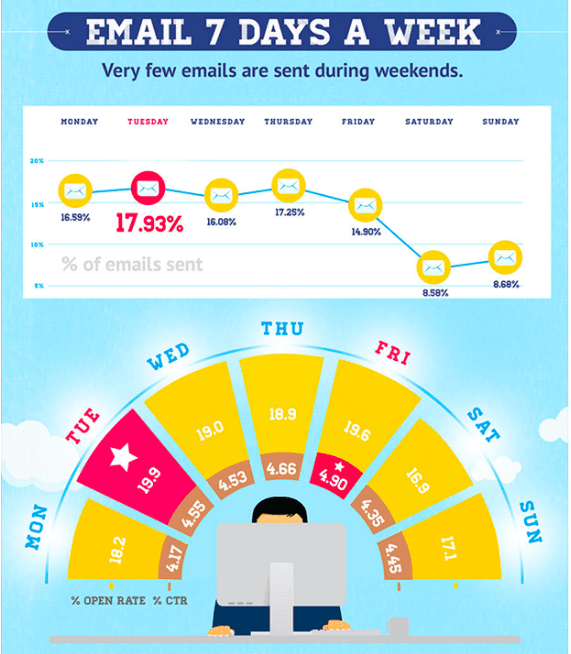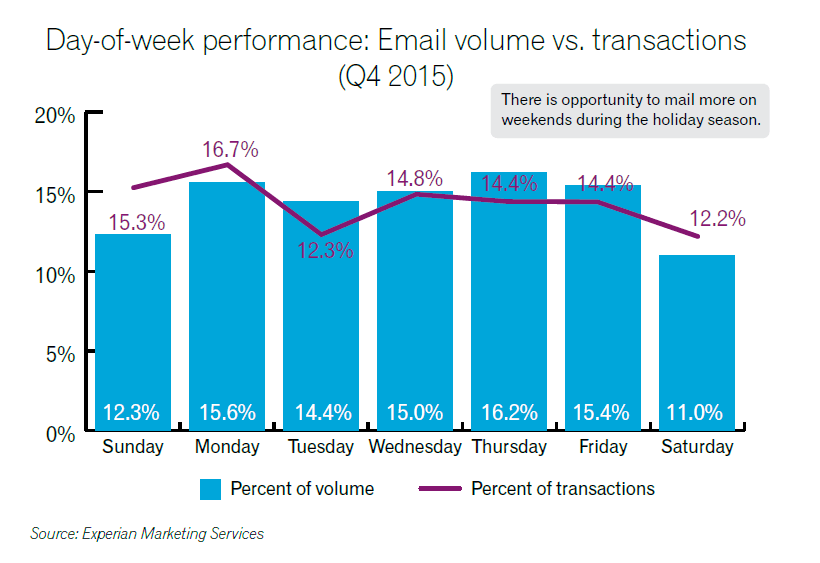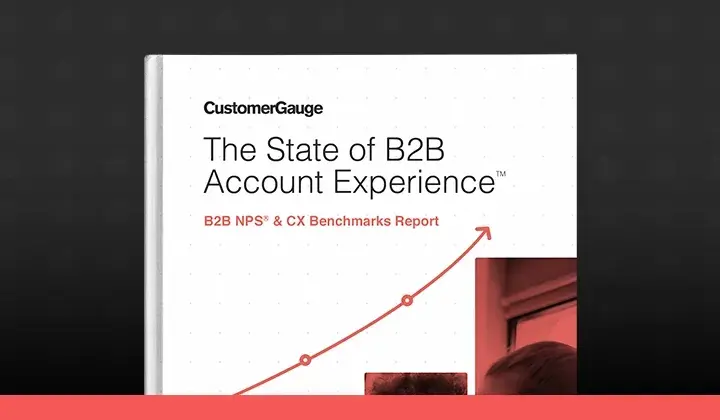When looking to survey your customer base, each and every company wants to get the highest response rate possible. A number of weeks ago we addressed the importance of email subject lines in relation to creating a high response rate.
This week we explore the impact of “when to send survey emails”.
Which is the best day to send? Does the time of the day make a difference? To answer this we have brought together a wide range of marketing research from different email vendors.
When it comes to NPS surveys, we recommend sending them quarterly. Learn more in our guide here.
- While there is little research pertaining specifically to email survey invitations, the trends found within email campaign research are the same for survey invitations, even if the exact data is not. When you are surveying existing customers you can expect a response rate above 20%. In B2B the participation rate could even end up being north of 60%.
What days of the week to send survey emails
Is there one best day of the week to send survey invitations?
This is a really difficult one to answer because for each piece of research out there claiming it's one day, another piece is saying it’s a different day. And with each finding comes its own logic, stating why some days are not as responsive and why others are. So what exactly is happening?
To begin, email volumes have been found to be much higher on weekdays than on weekends.
At GetResponse this is just what they found, and while weekdays are the highest volume send days, it doesn’t confirm that they are the best days to send.
What it does show though is that many others believe these to be the best days. However, even if they are the best days, the high volume that has now been created could be their own downfall as it means more competition in your recipients’ email inbox.

For GetResponse this wasn’t the case though. As their own research found that high-volume days did not impact open rates and click-through rates of emails.
Tuesday took the title for the highest open rate with 19.9% and Friday has the highest click rate at 4.9%
However, this is where the contention begins. Data from Harland Clarke showed that although 26.9% of emails were sent on Wednesdays, recipients opened only 15.6% of those emails, while Saturday (a day when only 5.5% of emails were sent) had an open rate of 32.5%.
A report from Experian (table below) appears to support the strength of the weekend claim. Where Saturday with the lowest email volume at 10% comes out with the highest open rate at 18.3%, while Sunday has the highest click rate at 2.7%.
However, the Experian report offers insights beyond simply determining the best days to send.
While Sunday has the highest click rate, its open rate (17.5%) is similar to that of the weekdays and even lower than Wednesday’s (17.9%). And while Saturday had the highest open rate, Tuesday comes in a very close second at 17.9% even with one of the highest send volumes.

And while there are front-runners, the difference in percentage between Monday, Tuesday, Thursday, and Saturday is only 1% for open rates and 0.4% for click rates. Meaning that any ability to exclaim outright the best day to send survey invitations is problematic.
Read more: The complete guide to Net Promoter Score
What time of day to send survey emails
Does the day of the week even matter though?
Would response rates be equal each day of the week if survey invitations were all sent at the most optimal hour of day? Or maybe there are optimal days of the week and hours of the day, and both need to be considered then.
To begin with again we need to understand the pattern of email volume sent over the course of a day.
The same Experian study raised earlier also showed that starting from midnight email send volumes steadily rise, reaching their peak between 8a.m. and midday. After midday the send volume continually drops with only 3% of emails sent from 8p.m. to midnight.
That study goes on to state that while the highest send volumes are sent early morning up to midday, email open rates and click rates are at their lowest during this time. After midday though, this rate steadily starts to rise and really starts to climb after people finish work.
Now it might seem like a logical assumption to say that open and click rates rise after midday because people are getting around to finally opening the emails they received during the “high send volume” morning.
However this is probably not the case, as GetResponse found that old emails pretty quickly lose their attractiveness. Email open rates drop significantly within just a few hours of their sending, with less than 8% of emails opened after 4 hours, and less than 1% after 24 hours.
Moreover, the vast majority of research supports the finding that open and click rates increase as the day gets later. Mailchimp thinks that email open rates are their most successful just before 4p.m., and between 2p.m. and 8p.m. you can expect a good open rate.
While MailerMailer carried out research that encompassed two 6-month periods (H1 and H2), and found that click rates for H1 hit their peak around 6p.m., 10p.m. and midnight.
Now, a common reason for this type of finding goes something like this:
“At work people are busy with the days work. Maybe late afternoon, they are starting to become distracted at work and begin doing personal stuff and looking at non-work emails. After they get home and make dinner, they are now completely free to relax and check all those non-essential emails.”
However, this might not be the case. Could this also be another case of the evening only being so high because of a lack of competition?
Think of it this way, when I look at my inbox and see 40 emails presenting me with all kinds of non-essential offers, I might click on one or two. The sheer volume makes me think, “oh I don’t have time for all this” and delete them instead. While, when my inbox maybe has just 7 or 8 non-essential emails, the task of going through my emails seems less taxing and I will happily open more.
The distinction is important, because if higher rates are simply about a lack of competition, then open and click rates will likely drop if everyone starts sending in the evenings.
- With every new round of research, it becomes ever more difficult to pinpoint an exact day or hour that will experience the highest open and click rates.
- While deciding upon a particular day of the week is fraught with contention, there is slightly more consensus about the best time of day. Because although there is no one hour that all findings agree upon, what is clear is that the workday, particularly the morning, experiences lower rates than the evening.
- Before you change all your survey email launches we recommend you test it first. Try splitting your list in half and send the same email to group A on Sunday then group B on Tuesday or Thursday, do the same split for times of the day too if you like. Repeat this a few times to see where you get better results.
5 pointers to decide when to send survey emails
#1 Who are you? The type of business you are sets the time of your sending. B2b Vs. b2c can be very different here.
#2 Who is your audience? Are your survey respondents old/young, don’t work the standard 9 to 5 work week or students - this should help inform when it is best to send.
#3 Where is your audience? Not applicable to all, but very important to note. If your survey invites are going out to different time zones, make sure to adjust accordingly.
#4 Learn from past survey email invites. You can match previous send times against the audience recipient to find what may have worked or not.
#5 What device will your invite popup on? Are your recipients more often on their phones or desktop, where will your email be received and opened? Knowing this should assist the strategy you employ for determining the time of sending.
#6 I know I said only 5 points, but this is too important. Above all else, testing is the one true guide. It can’t be stressed enough. Ideal send times will never be set in stone, continual testing gives companies the power to continually optimize send times.
Want to learn more about improving your survey response rate? Check out our eBook on the Fine Art of Surveying to learn more.


